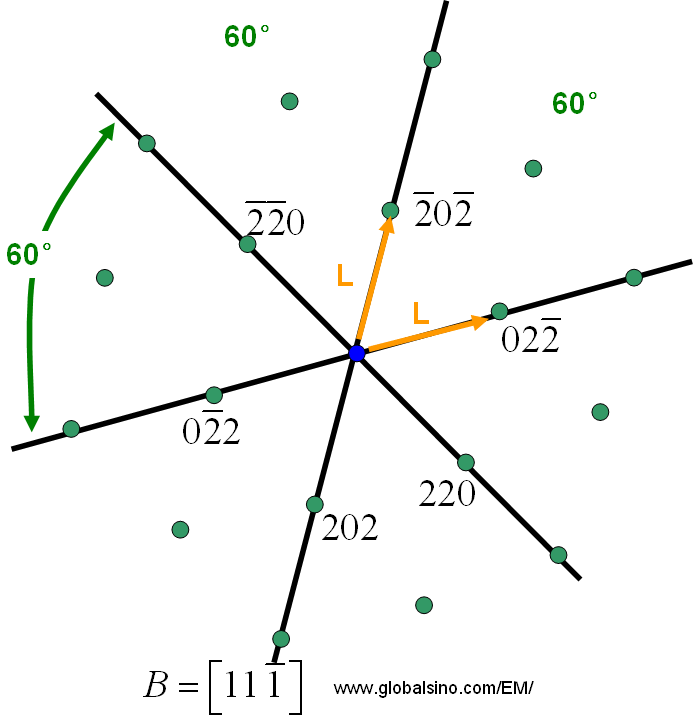

The passivated Fe-C nanocomposites were characterized by several complementary analytical methods. The SAED pattern revealed that the formed nano-particles are β-PbO which it was dominant because the annealing temperature was above 400☌.ĬO2 laser induced co-pyrolysis of toluene and iron pentacarbonyl in the presence of an ethylene sensitizer was used to produce iron-carbon nanostructures containing cementite Fe3C as the major component. The XRD, HRTEM and SAED data indicate that a mixture of Pb, litharge (tetragonal PbO), and massicot (orthorhombic PbO) were formed with average crystalline size of about 84 nm. The obtained TGA and DSC data indicate that the prepared PbO nano-particles are stable. The morphology and crystallographic structural forms were performed by scanning electron microscopy (SEM), high-resolution transmission electron microscopy (HRTEM) and selected area electron diffraction (SAED). The thermal stability and characterization of the compound were investigated by thermogravimetric (TGA) and differential scanning calorimetry (DSC) analyses, X-ray powder diffraction (XRD) and Fourier transform infrared (FT-IR) techniques. The lead oxide nano-powders were synthesized through the reaction of lead diacetate solution and oxalate solution. The present work objective is to prepare and study beta-lead oxide (β-PbO) " massicot " nano-powders by sol-gel method. In this project, the size, growth and morphology of copper particles which is produced from electrochemical method can be controlled by optimizing the reaction conditions. The advantages of electrochemical method includes simple in operation, high flexibility, less contamination, easy availability of equipments and no need of vacuum systems to produce pure product. The electrode position of copper powders from electrolytic solution of copper sulphate is the mostly recommended because this approach is most effective, environment friendly and also economical. Electrochemical method was chosen as the most suitable method for synthesis of copper nanoparticles because large volume of literatures concerning the production and characterization of copper nanoparticles. Chemical reduction, sonochemical reduction, micro emulsion techniques, electrochemical, hydrothermal, sol gel synthesis, polyol process, biological synthesis and microwave assisted techniques are the major techniques for preparing copper nanoparticles from top down (chemical) approach. Synthesis of nanoparticles can be broadly classified into two categories namely top down (physical method) and bottom-up method (chemical and biological method). Copper nanoparticles received much attention due to its high electrical conductivity, high melting point, low electrochemical migration behavior, excellent solderability and low material cost. The synthesis of nano materials has received considerable attention because of their unique physical and chemical properties that are distinct from the bulk materials. Nanotechnology is the most promising technology that deals with manipulation of matter on an atomic and molecular scale.


 0 kommentar(er)
0 kommentar(er)
